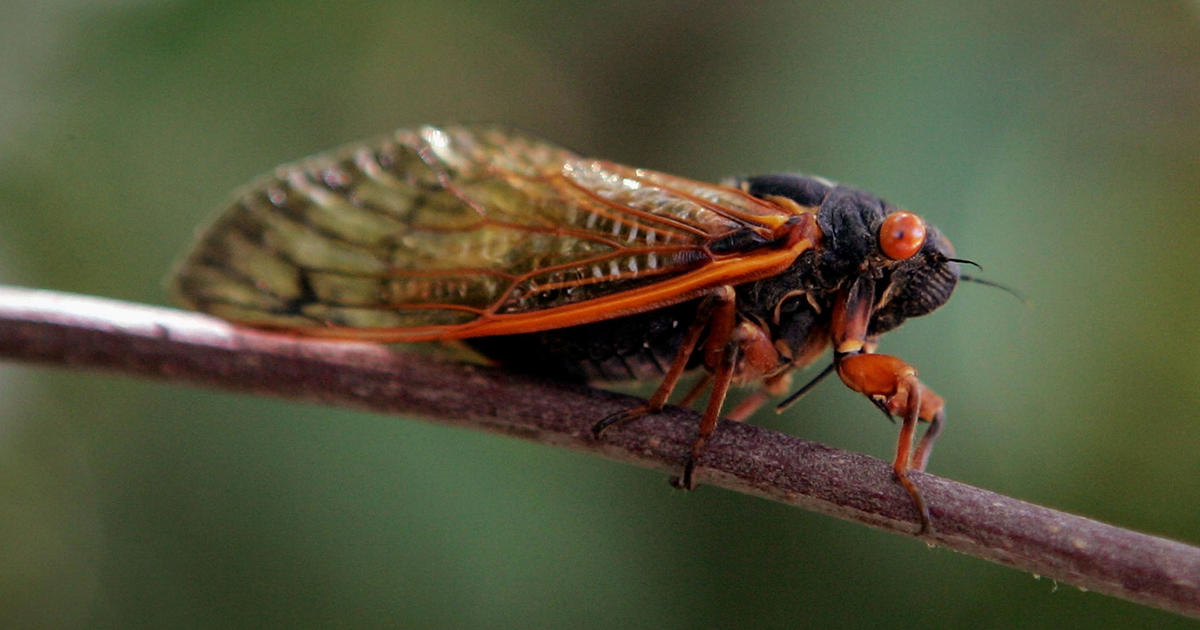Gardening With Gutner: Make Your Lilacs Last Longer
BOSTON (CBS) - Gardening With Gutner takes us to the Arnold Arboretum this week, where they have the largest collection of Lilacs in all of New England.
Todd spoke with lilac expert and plant propagator, Jack Alexander, and got some great tips on planting and caring for lilacs at home.
Watch Gardening with Gutner:
More from the Arnold Arboretum:
How To Plant And Care For Lilacs
Lilacs grow best in full sun and well-drained soil. Lilacs grown in partial sun or shade will not flower well. The shrubs may take three to four years to establish themselves in a new site, but once established they can live for centuries. Soil pH (alkalinity or acidity of the soil) may affect the plant's growth. Lilacs do well in a slightly acid to alkaline soil. New England soils are often very acidic and may require some modification for best lilac growth.
To ensure abundant flowering, cut off all spent blossoms each year and prune the flowering stem back to a set of leaves, thus preventing seed formation. If this is not done, good flowering years may be followed by bad years. Since flower buds are formed the summer before they bloom, winter pruning will remove them.
Remove dead, damaged, or diseased branches. Tall, leggy, poorly flowering plants require renewal pruning; remove about one-third of the oldest stems at ground level each year for three years. This encourages growth of vigorous new stems from the base. By the end of three years the plant should be fully rejuvenated with blossoms once more at nose level.
Tough as lilacs are, they do need ample water. Aim for an inch of water a week, provided either by you or by nature.
In our area the most serious lilac problems are powdery mildew fungus (Microsphaera alni), lilac borer (Podosesia syringae) and scale (oyster-shell scale, Lepidosaphes ulmi and prunicola scale, Pseudaulacaspis prunicola). Powdery mildew looks like whitish patches dusting the leaves. It is unattractive but in our climate is rarely serious. Borers leave 1/8-inch holes in stems and larger branches, often one to two feet above ground level. A minor infestation might be ignored, but more than a few borers should be diagnosed and treated by a professional. Oyster-shell scale is aptly named, as the pests look like 1/8-inch oyster shells on the stems, while prunicola scale covers bark with a dusty white mass. Control adult scale by pruning heavily infested branches; control tiny young "crawlers" with a hard spray of water from a garden hose (use a hand lens to see scale). Dormant oil and summer oil are also effective.



